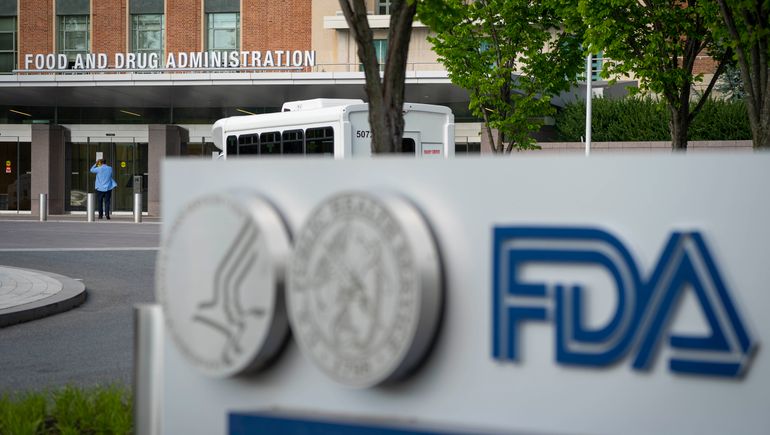Dive Brief:
- The Food and Drug Administration has issued advice on how to mitigate the risk of cell and tissue products transmitting tuberculosis. The recommendations follow a report from the Centers for Disease Control and Prevention that showed two recipients of bone matrix products died.
- In July, Aziyo Biologics, now rebranded as Elutia, recalled its viable bone matrix (VBM) products after two patients developed post-surgical infections. Elutia withdrew all of its VBM products and pivoted to drug-eluting biomatrices in response to its second link to tuberculosis since 2021.
- The FDA’s advice covers the role of the responsible person and donor screening. While the FDA has yet to authorize a donor screening test, it is “evaluating the risks and appropriate mitigation strategies including testing.”
Dive Insight:
Elutia, then called Aziyo, found itself at the center of reports of tuberculosis cases in June 2021. At the time, the company voluntarily recalled a single lot of its FiberCel fiber VBM in response to post-surgical infections, including patients who tested positive for tuberculosis. Elutia and Medtronic, which ended its distribution relationship after the infections, now face 76 lawsuits across 16 states.
News of the latest link between Elutia products and tuberculosis infection emerged in July, when the company began recalling VBM products. The products are used to repair bone in orthopedic and spinal procedures.
According to the Centers for Disease Control and Prevention, 36 people in seven states received VBM products from the affected lot. Two patients died. The CDC recommended physicians treat recipients of the products for tuberculosis disease even if they have no symptoms. Elutia’s management said there is a “reasonably possible likelihood of material claims” sought through lawsuits in relation to the recall.
The tuberculosis cases happened despite Elutia stating that an independent laboratory found samples from the implicated lot tested negative for Mycobacterium tuberculosis before the VBM products were released. The lab used a nucleic acid test that is designed to specifically detect the organism.
Responding to the situation, the FDA pointed the industry to guidance on how to reduce the risk of transmission of infections and provided additional risk mitigation strategies focused on tuberculosis. The risk mitigation strategies cover the need for establishments that handle human cells and tissues to have a responsible person who is qualified to review evidence consistent with risks for tuberculosis infection.

